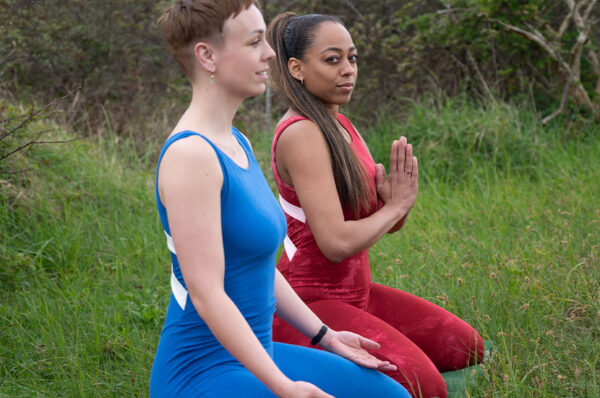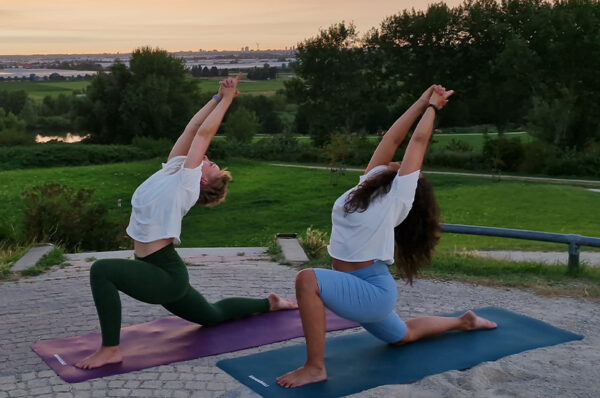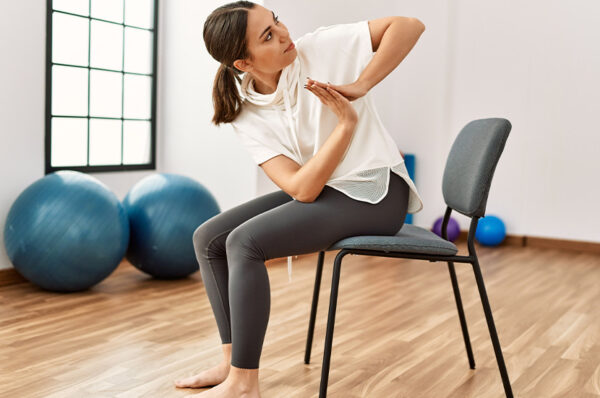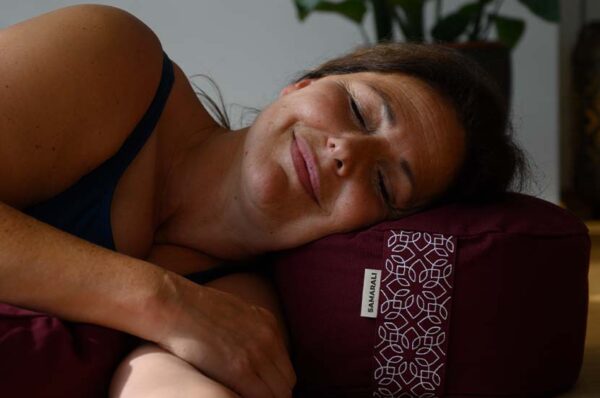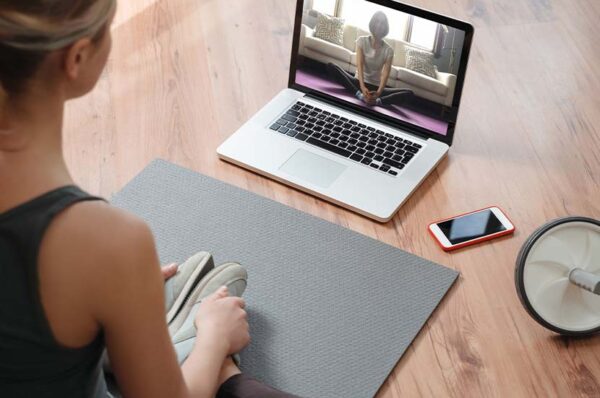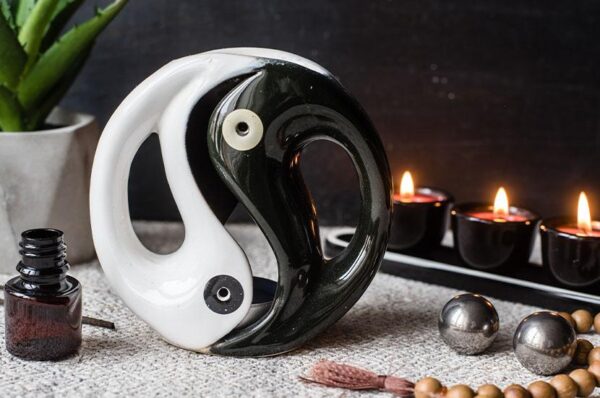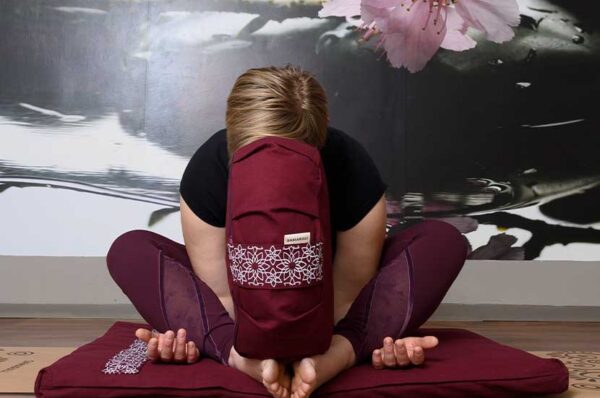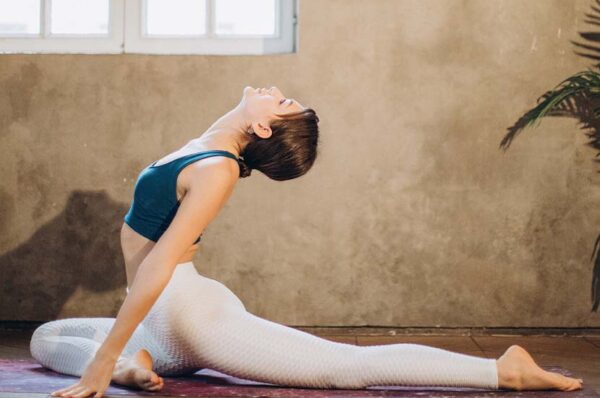What are the arm balancing poses?
– Guest blog post by Marianna –
We all have our favorite part of the body that we tend to focus on more when we exercise.
Maybe because we are already good at flexibility or strength, and it’s easier to keep training and see developments in those particular areas.
It can also be the opposite: we love to be challenged and our ego is fed by pushing our boundaries.
Or we avoid some areas because of the fear of failure.
My own favorite though is arm balancing, and it’s for several reasons: partially because it’s a bit easier to build muscle strength than flexibility, but also because it’s fun, and I am intrigued by the challenging poses.
Besides my preferences, however, realizing why I prefer practicing some poses makes me aware that I also need to shift my focus to other neglected areas.
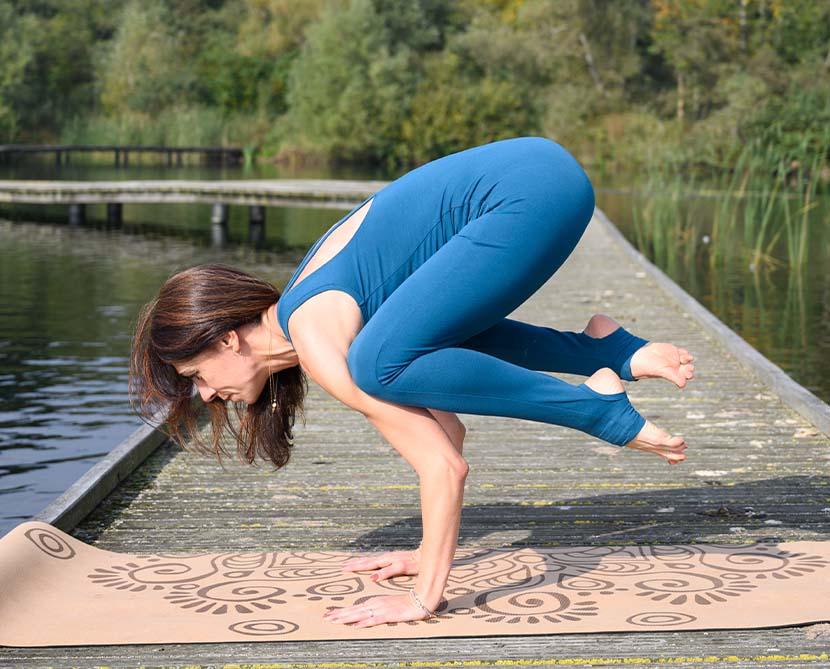
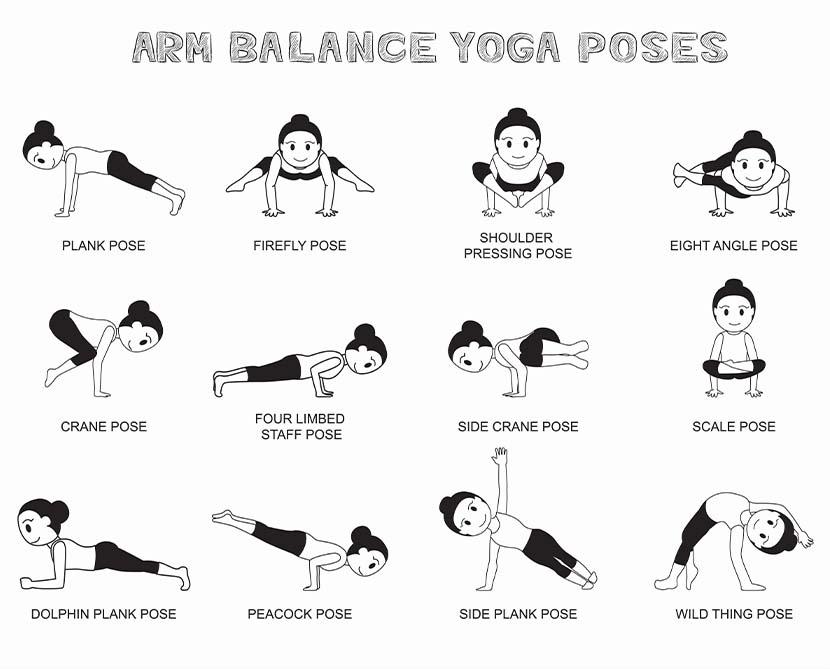
This is not because we need to do things that are hard for us, but because it’s part of our self-awareness to realize why we do or avoid something.
The good thing about asana practice is that they offer all the tools to develop a healthy balance. The choice truly is ours.
Feminine and masculine energies
Strength and flexibility go hand in hand, and even in strength, we can balance feminine and masculine energy.
We can add softness into arm balances, instead of adding more fuel to the fire, to get even stronger.
Feminine energy has to do with the strength of intuition. The feeling resides within our stomach or gut and reaches our hearts. It’s about the interpersonal connection that gives empathy and the ability to be receptive.
Masculine energy links to ambition, assertion, and persistence. This energy helps us to persist despite what circumstances we may face. It gives us traction to achieve our goals.
But, if we become too goal-oriented, we can lose our sense of connection with others.
The out-of-balance status can lead to a life that seems shallow and out of touch with what we value. That’s why both energies are required to succeed in arm balances.
We need persistence and discipline but also intuition and a sense of trust.
Why are arm balances useful?
Some of us may think: “Why in the world would anyone want to do such a thing?”, looking at those people balancing on their arms or hands.
Are there benefits to working on arm balances?
As I mentioned earlier, they require both strength and flexibility.
The upper body and the arms are usually our weakest areas. This might also be one of the reasons why relying upon our arms to carry our bodies is a little tricky and generates the fear of falling.
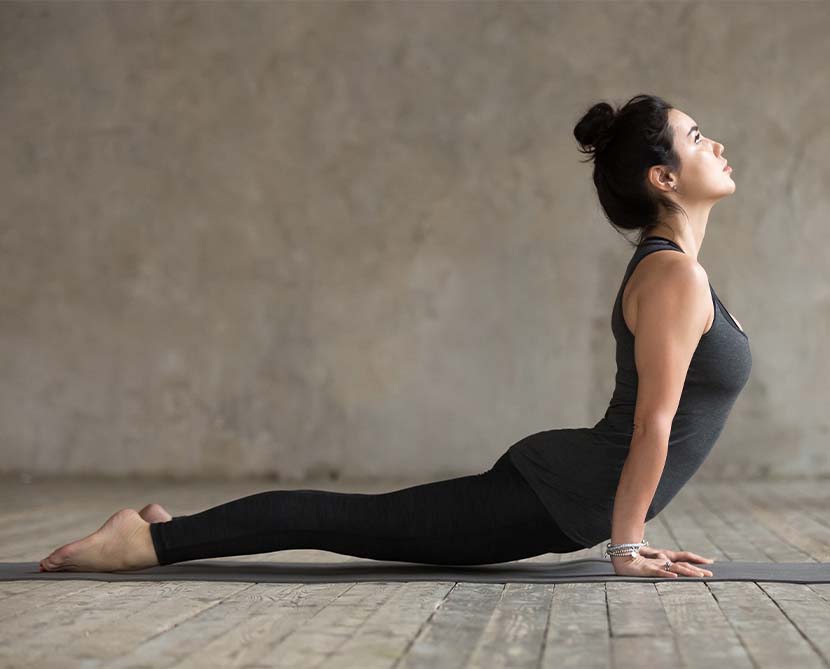
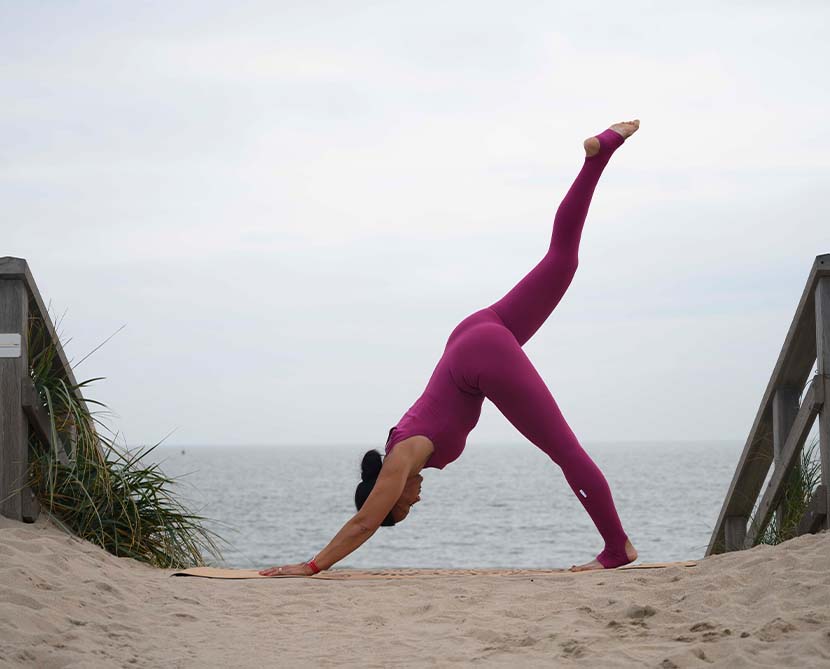
This weakness usually progresses as the decades go by.
Over many years, the lack of hard work that challenges the upper body muscles and bones also contributes to the loss of mineralization in those bones osteoporosis which can be a severe health problem.
So, strengthening the arms and upper body can prevent health issues, and with the addition of balance, our reflexes are improved. Consequently, the risk of falling is significantly reduced.
And remember: it’s never too late to start because studies have shown that the body responds to challenges by building muscle and bone mass even in the later stages of life.
Besides the physical side, arm balancing also introduces the fear of falling, a fear interwoven with the ego and the desire to appear in control.
Therefore they are perfect for cultivating self-confidence and humility.
Last but not least, they allow us to explore the practice with a sense of humor and playfulness, making our practice less serious.
Arms balancing poses for beginners and preparatory poses
Phalakasana (plank pose), Chaturanga Dandasana, and Adho Mukha Svanasana (Downward-Facing Dog) are good poses to start building our strength for arms balances.
They strengthen the wrists, arms, and shoulders in preparation for bringing more weight onto our hands.
Besides, they build good isometric strength in the pectoral muscles (chest), deltoids (cap of the shoulder), and triceps (back of upper arm). All of these muscles must be strong for arm balance.
The wrists are subject to intense pressure. You should not do full arm balances if you have acute wrists issues, including carpal tunnel syndrome.
Make sure you warm up your wrists before practicing arm balances. You can stretch the front and back of the wrist and work the range of motion by circling the wrist.
Start on your hands and knees, keep your arms straight, lean forward and back till you feel a stretch, then make circles.
Do this on the front and back of the hands. Turn the hands inward and outward.
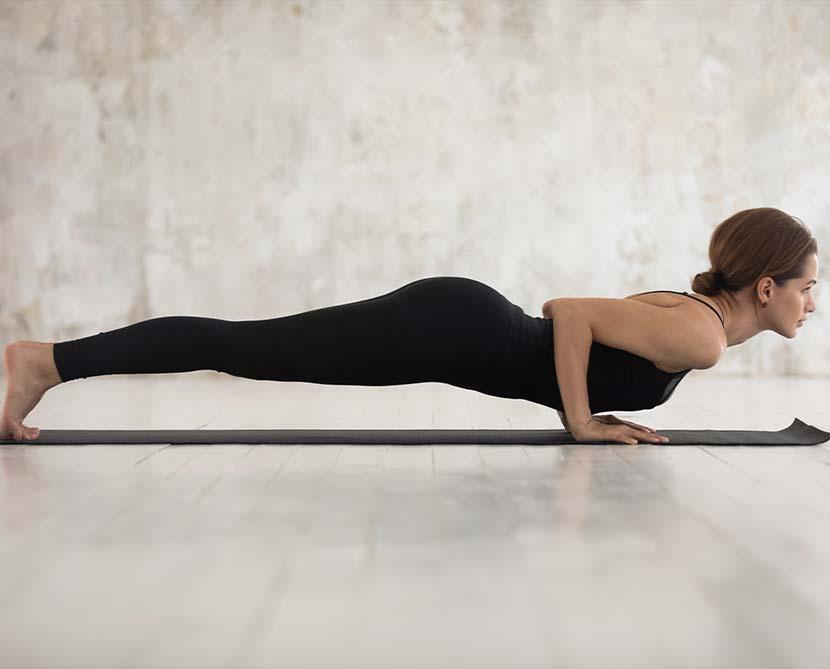
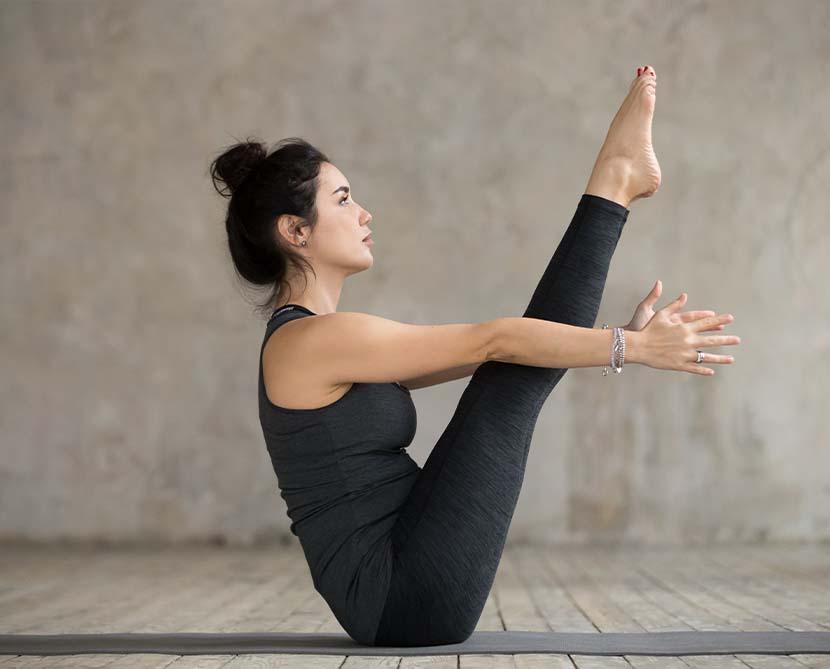
Arm balances also require strong abdominal core muscles. The plank pose does exceptionally the trick; in Plank, the abdominals support the whole middle of the body, preventing it from sagging with the pull of gravity.
Another excellent pose for abdominal strengthening is Navasana (Boat Pose). The abdominals contract in the pose to hold the torso up at an angle to gravity— and to keep you from falling over backward.
In addition, Navasana strengthens your hip flexors (the iliopsoas and rectus femoris) and thigh muscles (the quadriceps, including the rectus femoris).
Don’t forget flexibility
The spine’s flexibility (rounding forward) and the hips also play a part in building the asanas.
Squatting in Malasana (Garland Pose) works on spine and hip flexion, which are essential in arm balances like Bakasana.
Any sitting twists will help build rotational flexibility in the spine and rib cage, which is needed for arm balances like Parsva Bakasana (Side Crane Pose).
Discipline and Mindfulness
Without mental discipline and patience, we will not improve our practice.
Building strength, confidence, and mastering these challenging poses require time, patience, and hard work. Impatience will lead to frustration and possibly injuries.
I can tell you that failures and falls will be around the corner, waiting for us to discourage and make us quit.
The only answer is persistence and stop focusing on the outcome. In some cases, it will take years; in others, it will never happen, but what matters the most is that we tried.
Every time we challenge ourselves in arm balance or any challenging pose, we learn a little more about ourselves and how we behave in a scary or stressful situation.
Bringing mindfulness to the movement helps us understand what’s going on, and the fear, eventually, goes away.
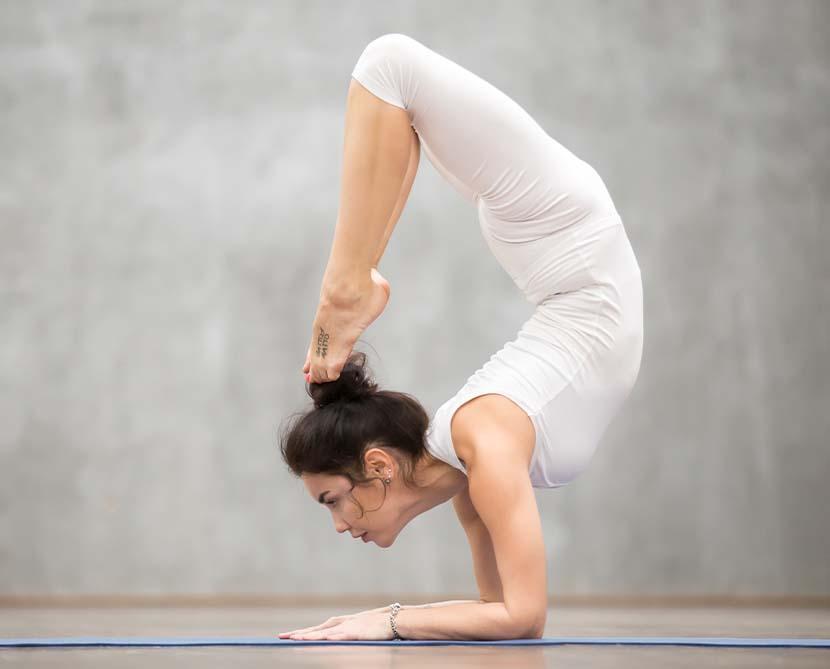
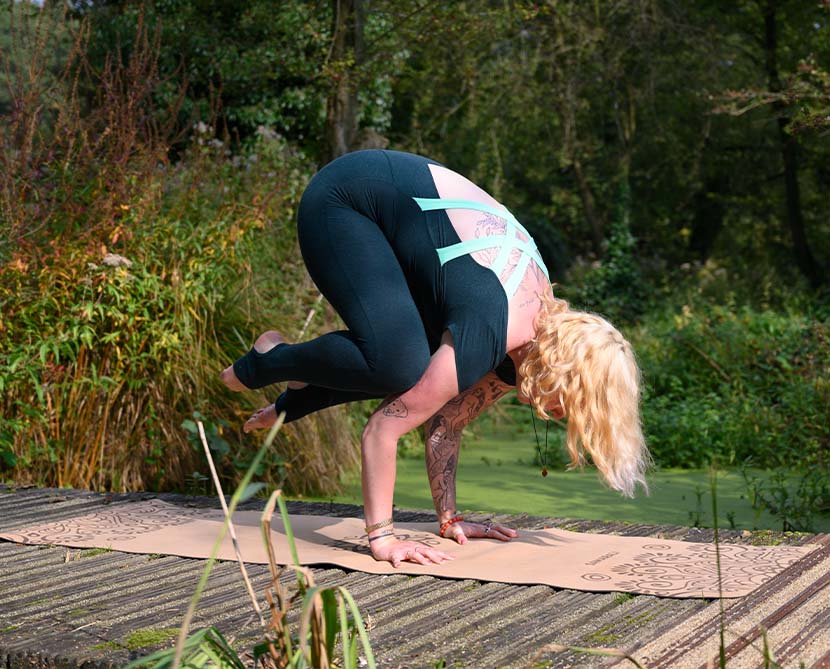
Bakasana or Kakasana?
Crane and Crow Poses are among the first-arm balances many of us try to achieve.
Kakasana (Crow Pose) is done with arms bent and knees resting on the upper arms. In Bakasana (Crane Pose), the arms are straight, and the knees are tucked closer to the underarms.
You can play with these variations according to what works best for your body.
To get into either pose, you need to activate your abdominal muscles, press into your hands, engage your shoulder blades, squeeze your legs together in the midline, and above all else, trust yourself.
Bakasana teaches you to create connections between your arms and knees, abdominals and spine, mind and body.
For many years I thought I would never be able to lift my feet and legs, but I kept working on the other preparatory poses, and when my body felt ready, it came naturally.
A few tips
1. Warm up your wrists before you attempt these poses.
2. Strengthen the core.
3. Practice moving from Plank to Chaturanga Dandasana to keep your elbows in and shoulders back away from your ears.
4. Keep yourself tucked tight, with your heels and buttocks close together.
5. Push your upper arms against your shins. Pressing your arms into your knees and knees into your arms will help you feel stable and strong.
6. Move slowly.
7. Place a folded blanket, bolster or cushion on the ground under your head, as to cushion potential falls.
8. As a variation, I also offer to place a block under the feet to get some lift and create more space to play with the pose.
I know the fear of failure can be a hurdle to overcome… but what if you fly instead of falling? There’s only one way to find out 😊😉
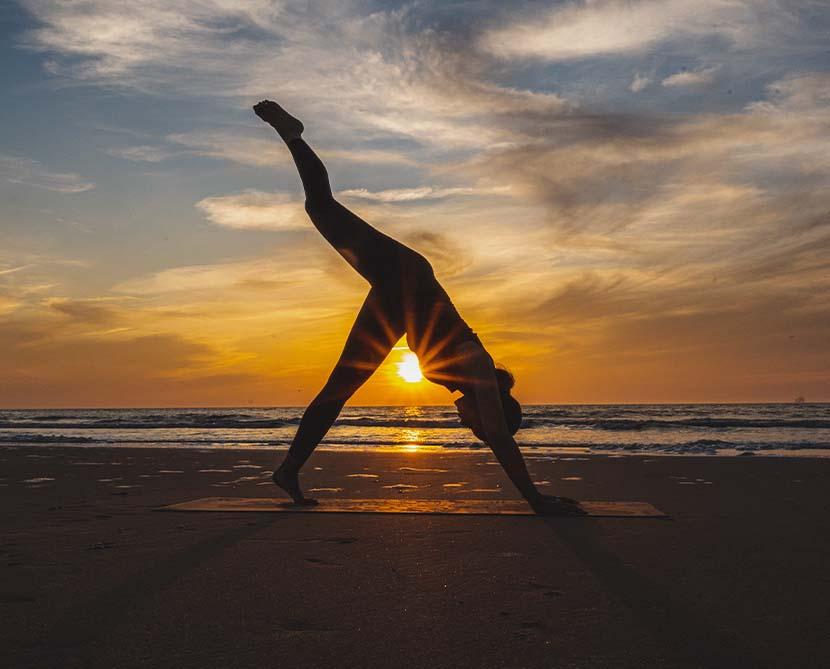
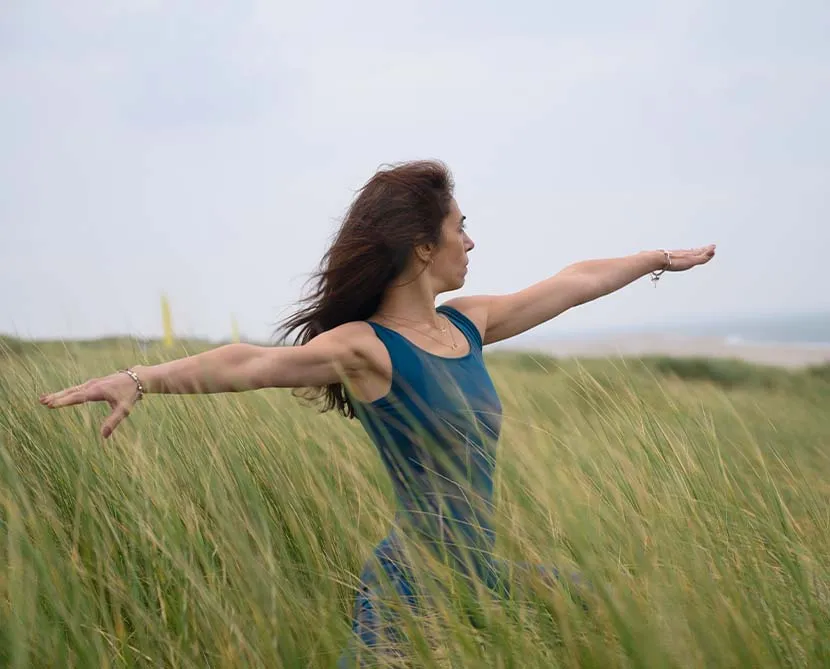
Sources:
- Teaching Yoga by Mark Stephens: “Why Bother With Arm Balances? “
Marianna has been practicing Yoga for more than eight years, and in 2020
she completed the 200h Yoga Teacher Training in Vinyasa at YogaMoves in Utrecht.
She is passionate about sharing Yoga with others, living more sustainably,
and traveling. Here is her INSTAGRAM page.


